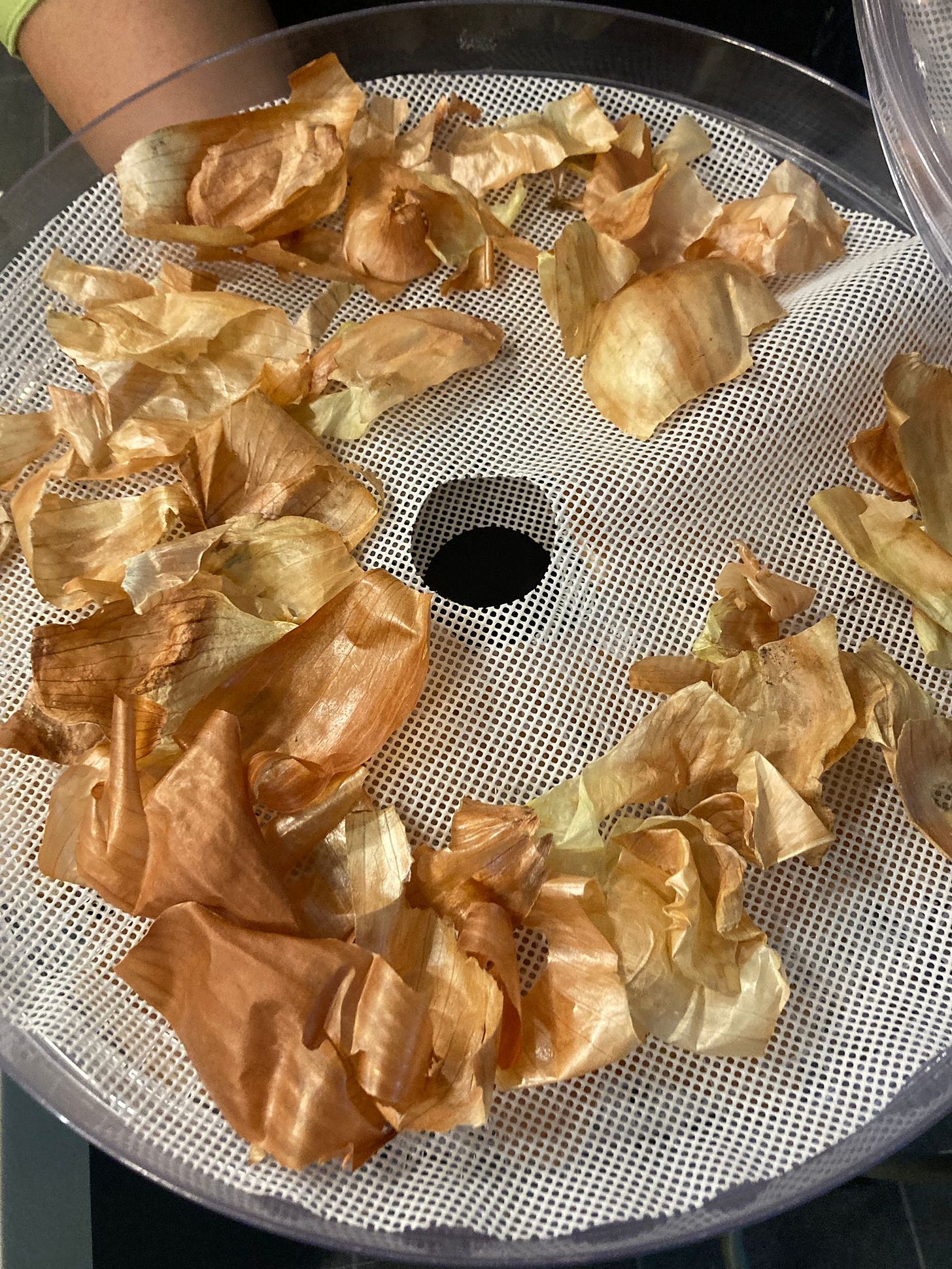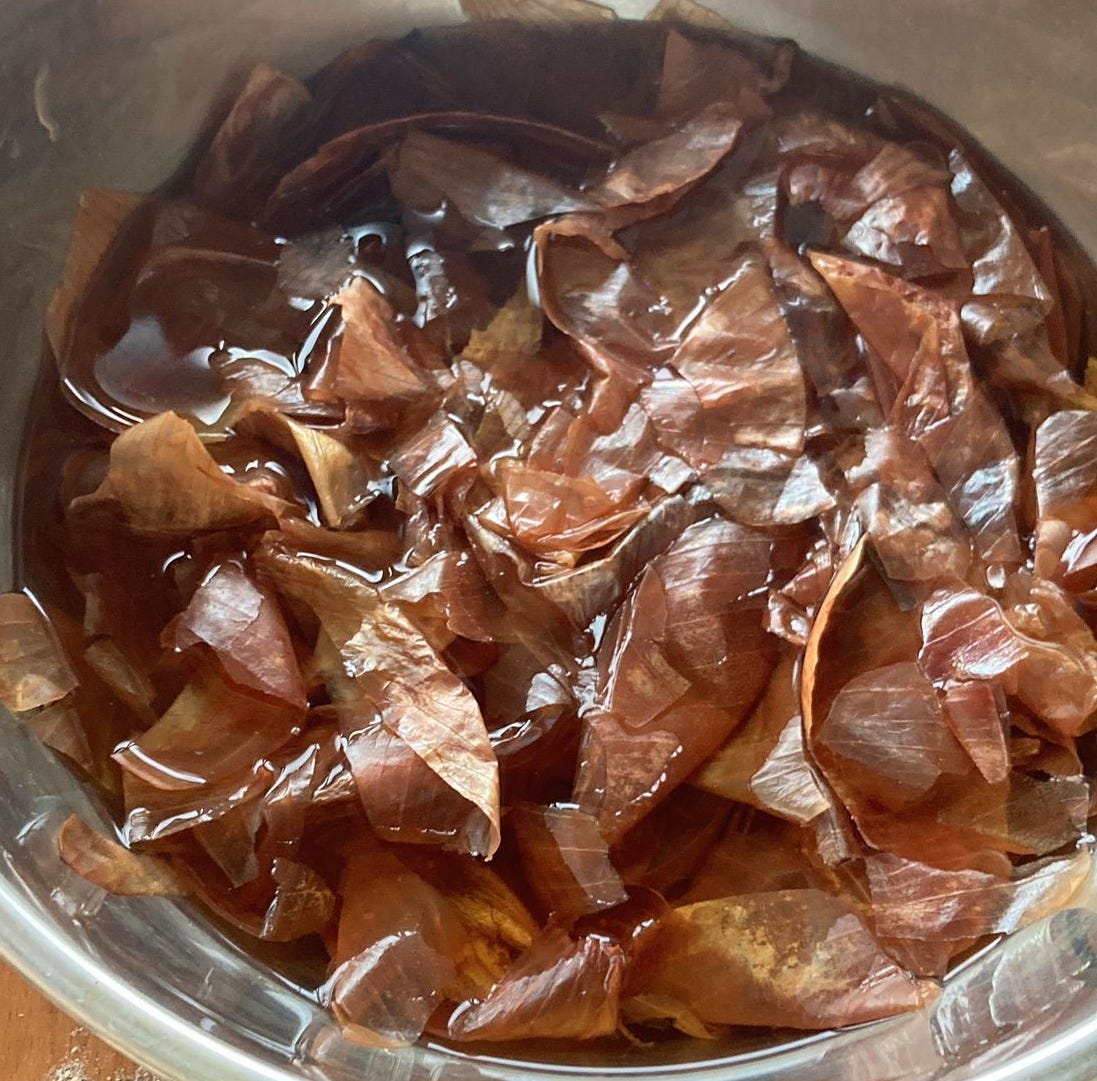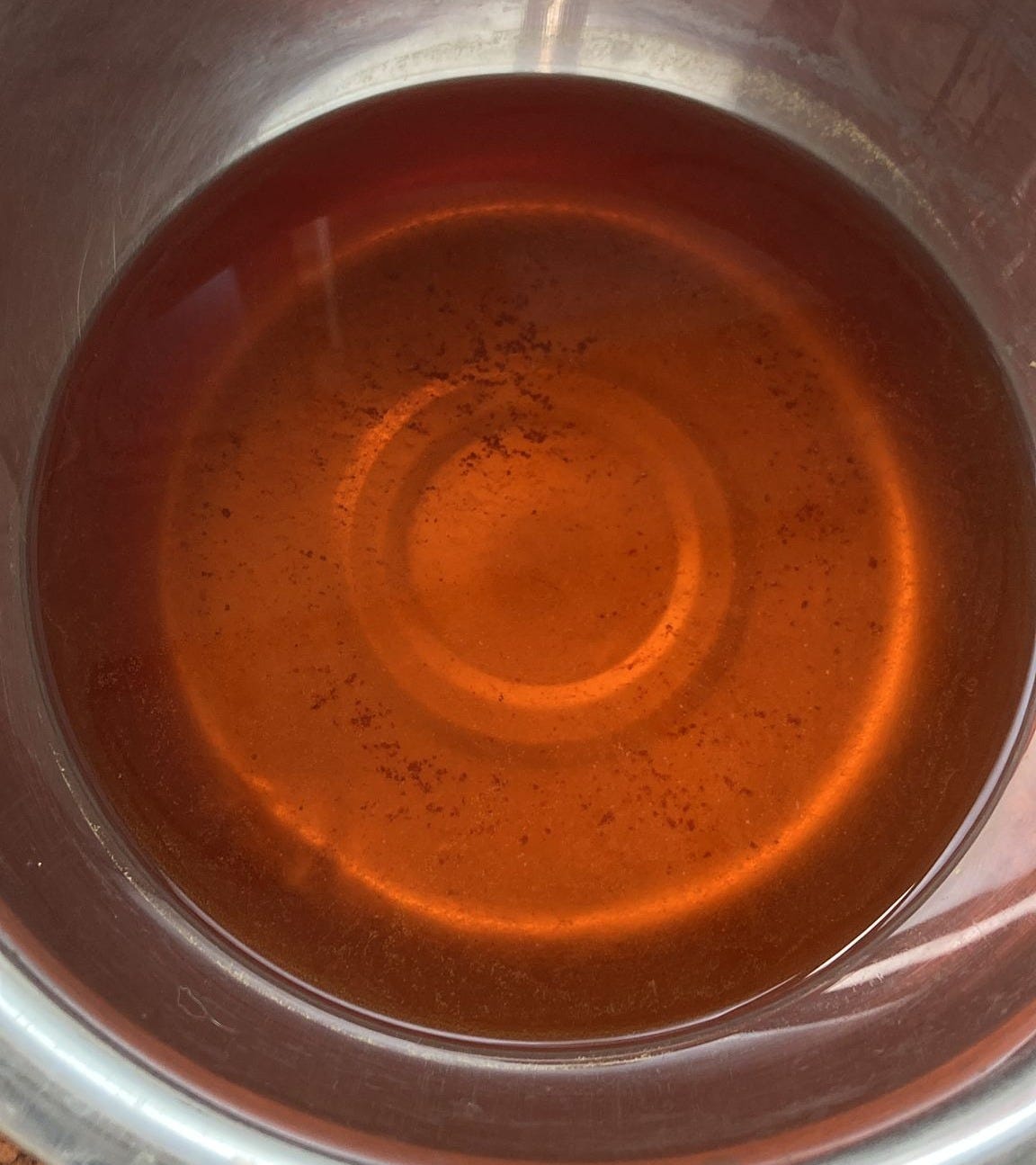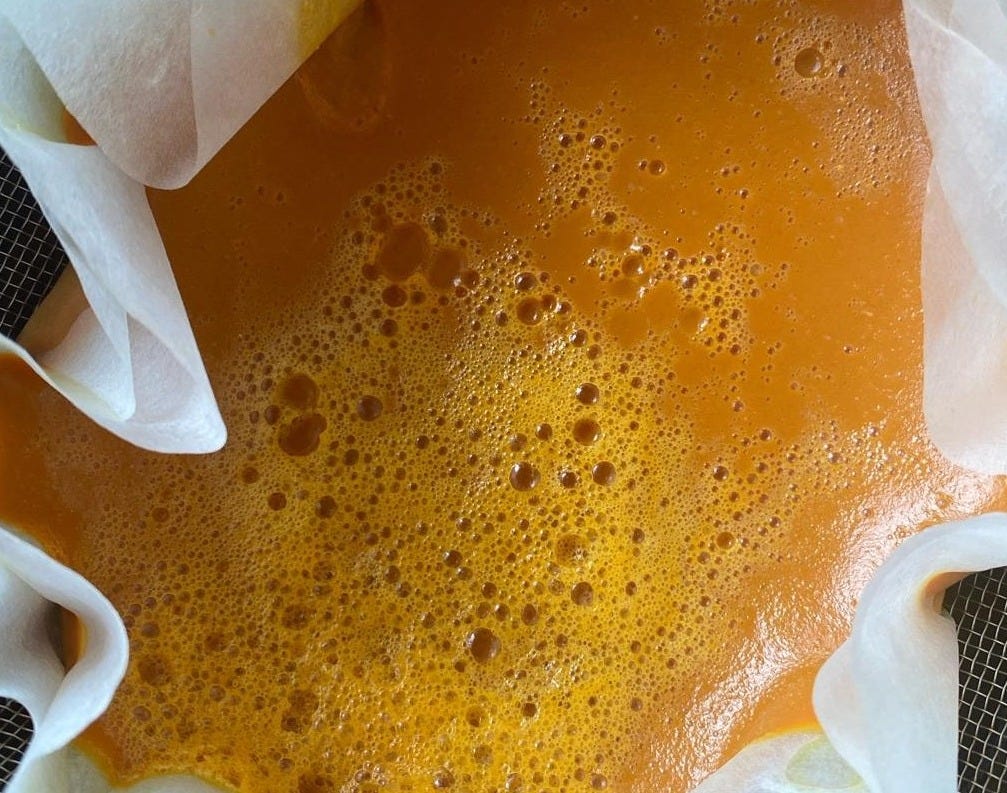Helloo folks
We went down to Nanyang Technological University’s Residential Hall to visit a kitchen a few weeks ago and ended up in a cooking class with Priscill from IG:@taitaichef. Honestly, we thought we were there to just observe the cooking classes she runs for the student residents, but the trip ended up being a super fun hands-on pasta making session out of stale bread (unfortunately no pictures of that because our hands were full of flour and dough).
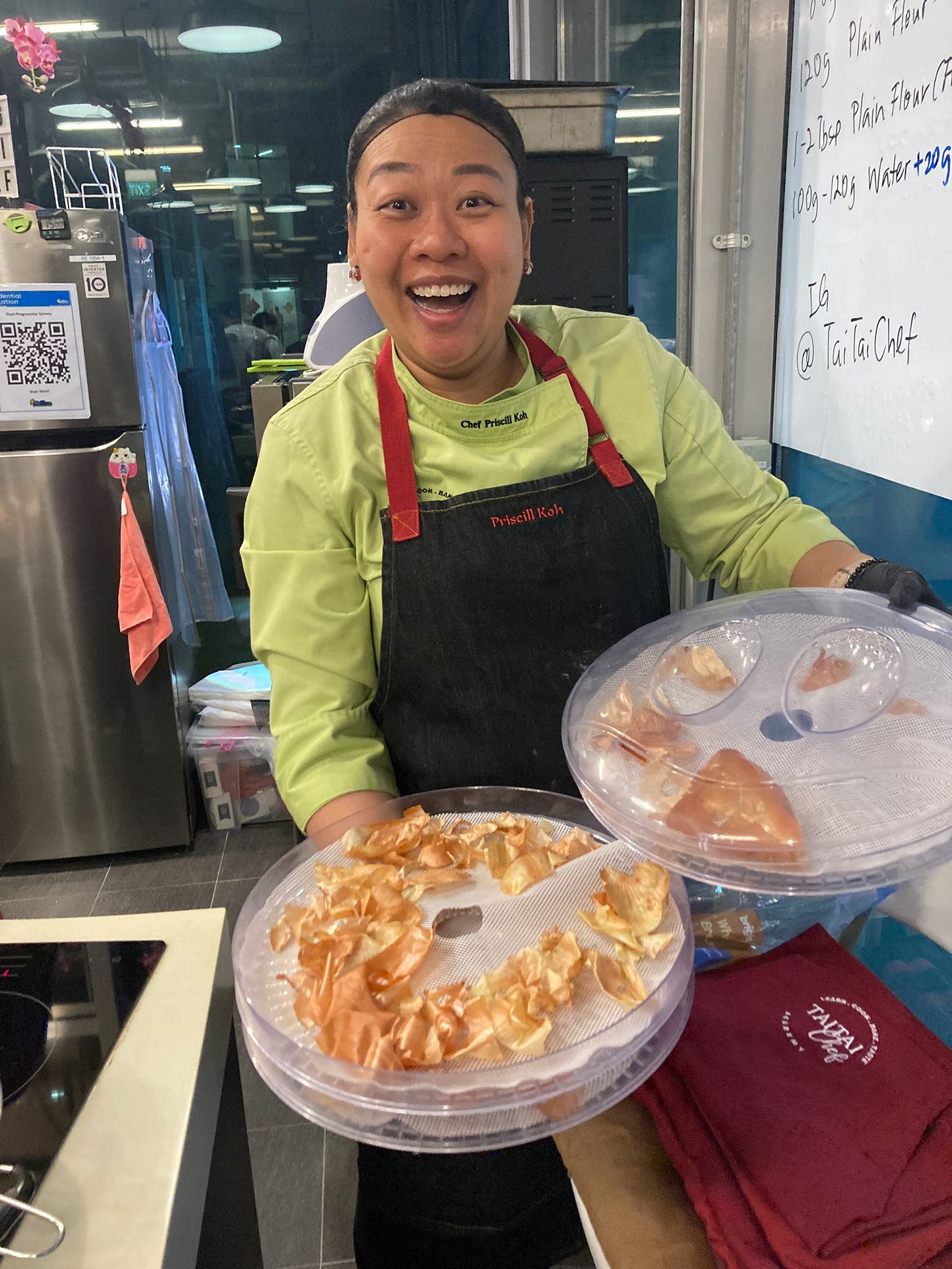
One of the star ingredients used in many dishes she teaches is the yellow onions. On that day, Priscill guided the students through the delicious process of making pomodoro pasta sauce. This recipe calls for some serious chopping, slicing, and dicing of a flavor-packed trio: onions, celery, and carrots. We also learnt that there were so many ways to cut onions.
Priscill is all about reducing waste in the kitchen; she has also started a compost bin system in her kitchen. For our visit, she put aside a big batch of yellow onion peels in her dehydrator for us!
We later brought these back to our studio, and start the long process of simmering them down into a dark yellow onion dye… dusting our studio with an onion-ey aroma.
After simmering, the onion peels were composted right in our garden bins. What remained from the cooking process was a vibrant dye. For paintmakers, we needed to extract the colorant through a couple of chemical reactions in a method known as lake pigmentation.
The first reaction is the addition of alum powder into the dye, which forms a complex with the colourant. You will find many forms of alum powders online, such as aluminium sulfate, potash alum and aluminium chloride. The one we find in a baking store is labelled aluminium sulfate which is apparently used for pickling food, although we have not personally met someone who actively uses this ingredient in their food. If you do, let us know in the comments? We are curious about this ingredient.
The second reaction involves an alkali. The alkaline solution precipitates out the complex formed between alum and colourant, yielding the formation of a layer of pigments that we can observe.
This reaction releases carbon dioxide gas, forming what we like to call a “muffin top”!
These insoluble colour pigments can then be combined with our paint binder to form the paints.
Thank you Priscill for making our night with delicious food and our experiment with this batch of onion pigments possible!
Thank you for reading!
We hope that you enjoy reading this post from masak-masak colour.
Help us to continue to grow our newsletter by sharing with friends who would enjoy reading it, or subscribe to our newsletter if you would like to stay updated on our creative processes.
Upcoming events:
We will be part of the Singapore Writer’s Festival, sharing about our research into the making of traditional black inks used in Malay manuscripts. This is a collaboration workshop with our friend Hafiz Rashid @geroda19. There are still a few slots left which you can check out here!
Till next time,
Liz and Shirin




